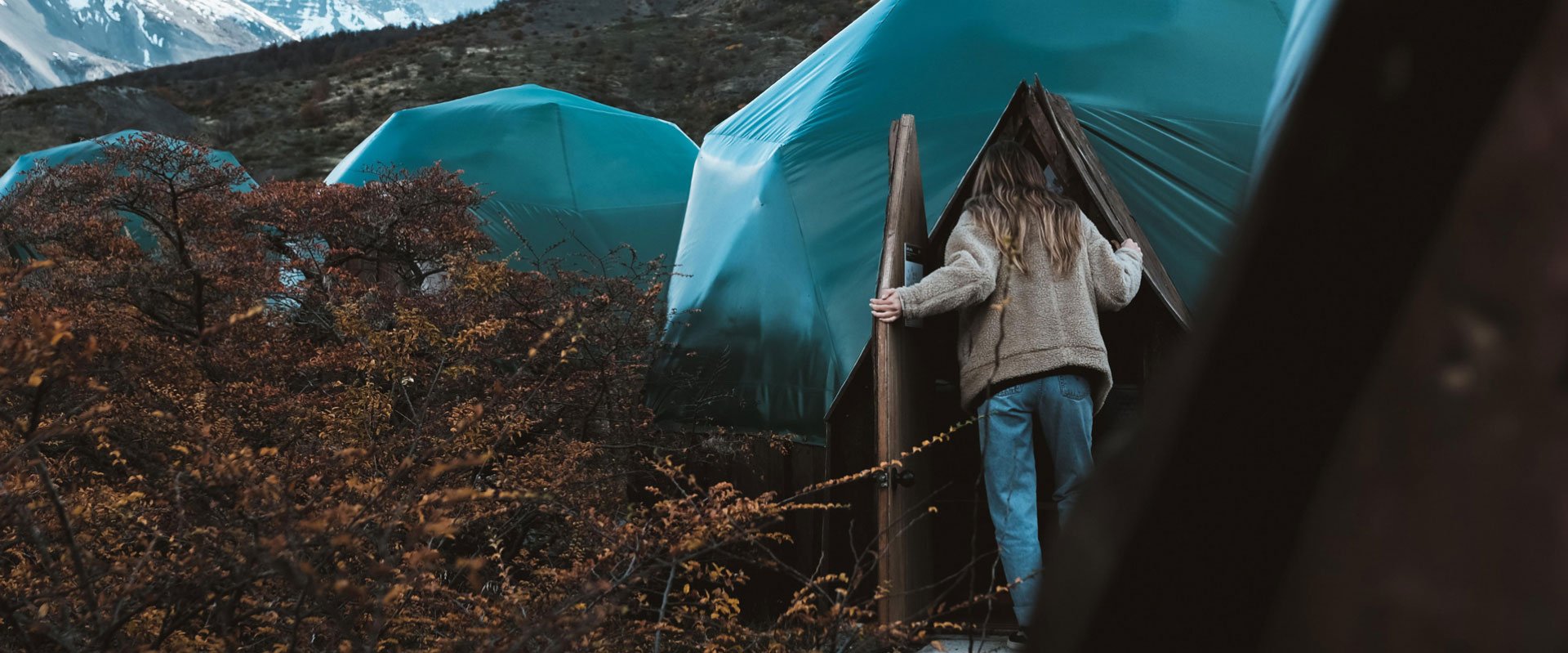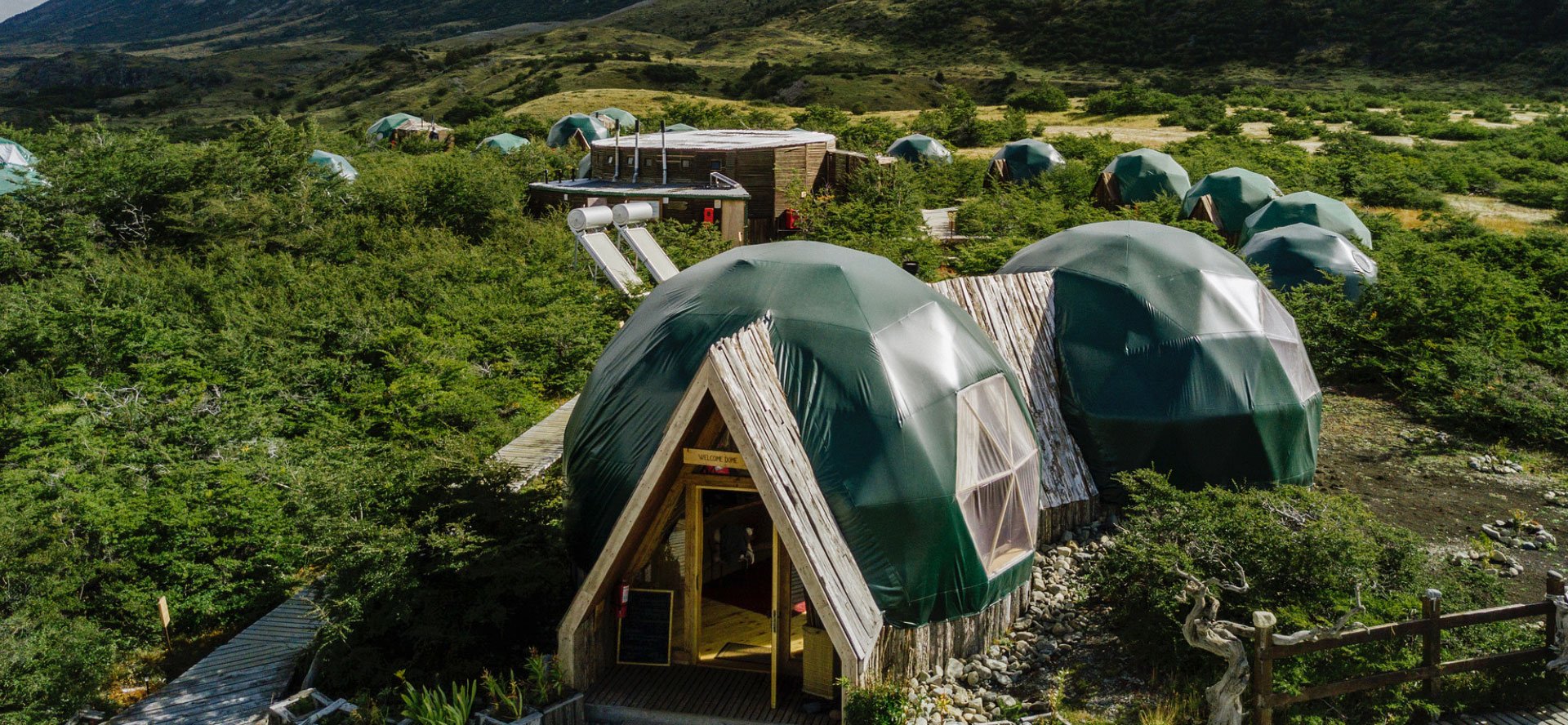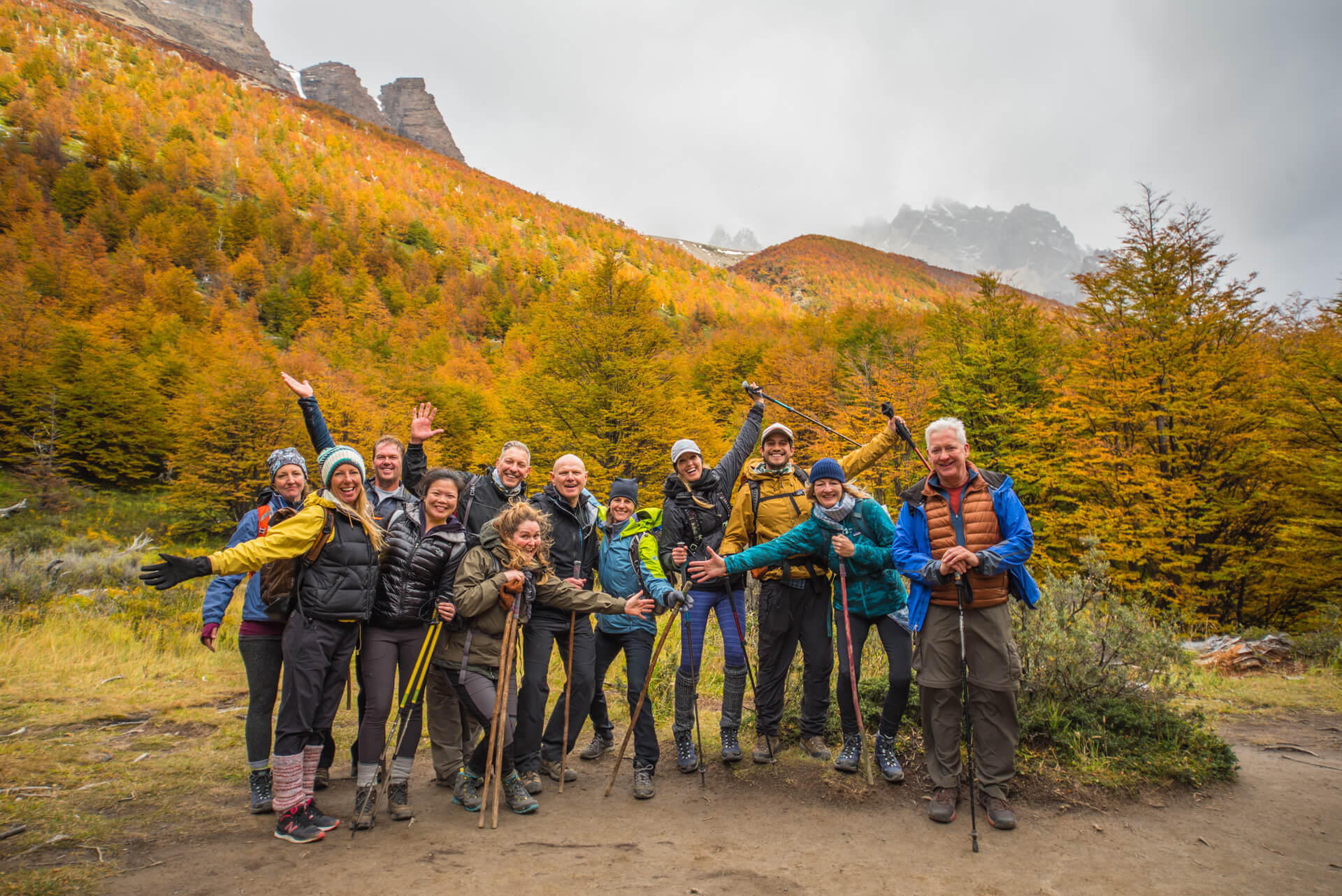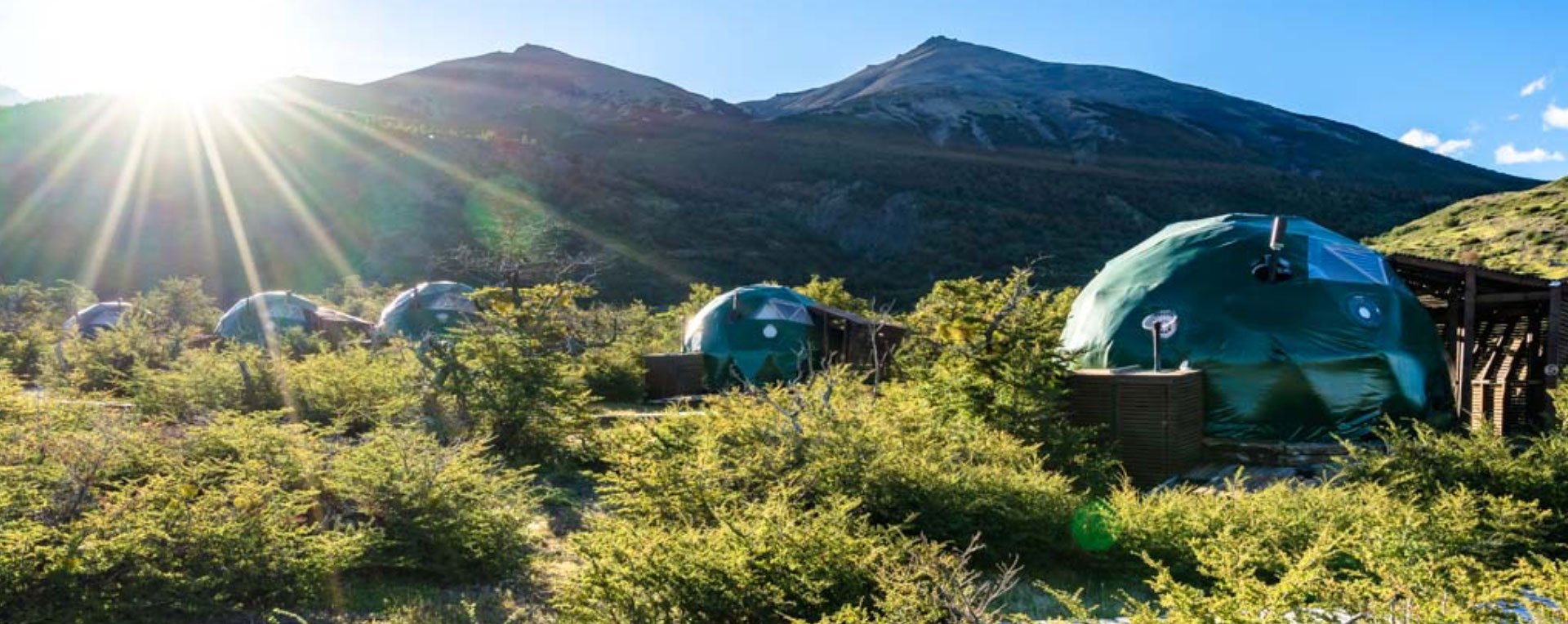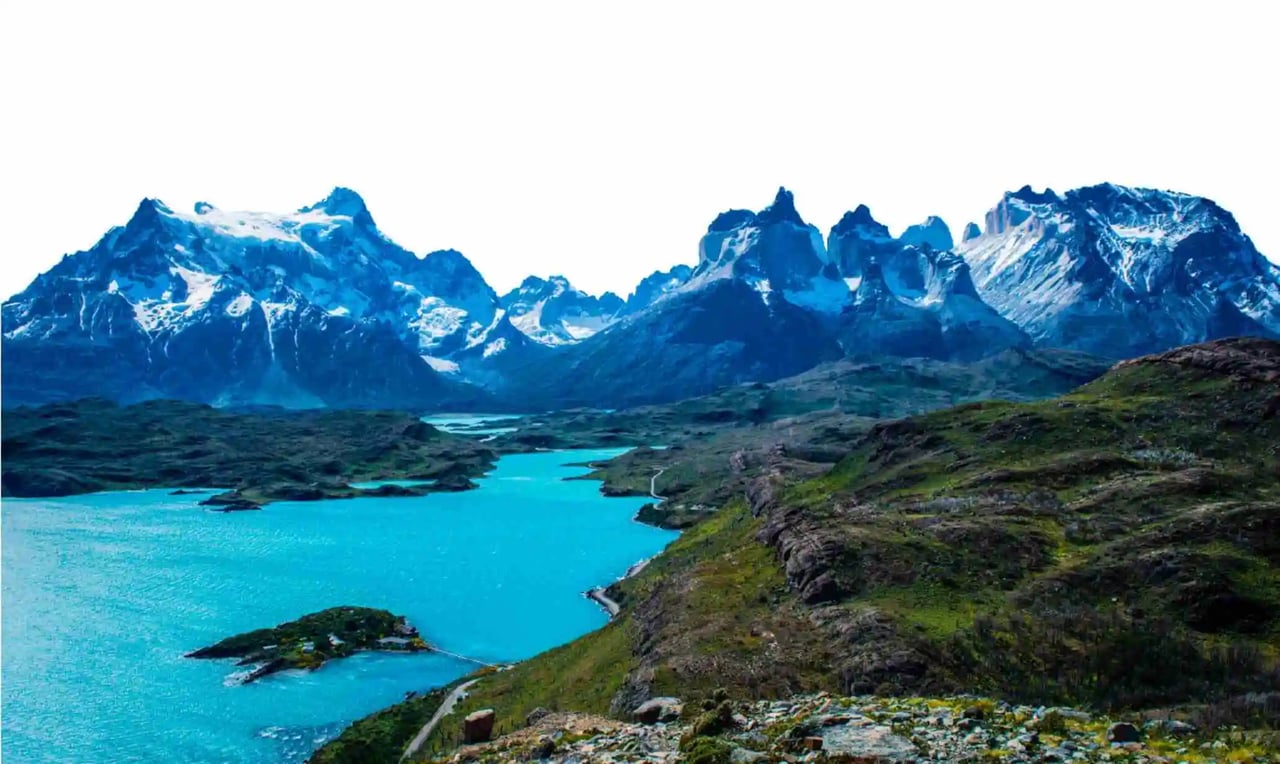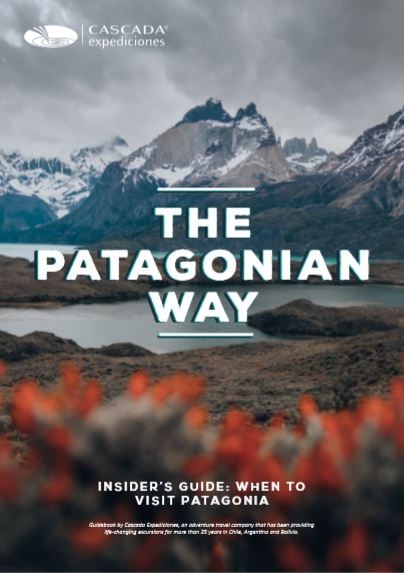Those who hiked the W Trek in high season should know what I’m talking about. Whenever you’re lucky with the weather, you can experience pretty high temperatures and hike some of the world’s most beautiful trails if you visit Patagonia in summertime (December to February). Yet you may meet hundreds of fellow hikers, experience (very) strong windgusts and struggle to get your space in one of the refuges / campsites (booking with anticipation is strongly advised).
Winter (May to August) is another story. It may be colder than other months, yet you will be able to experience the real wild Patagonia and a unique feeling of quietness at the feet of snow-covered mountains. And if you’re still not convinced, here’s why we believe Winter is simply the most epic time to come and do the W Trek.
1. The Trails are Quiet
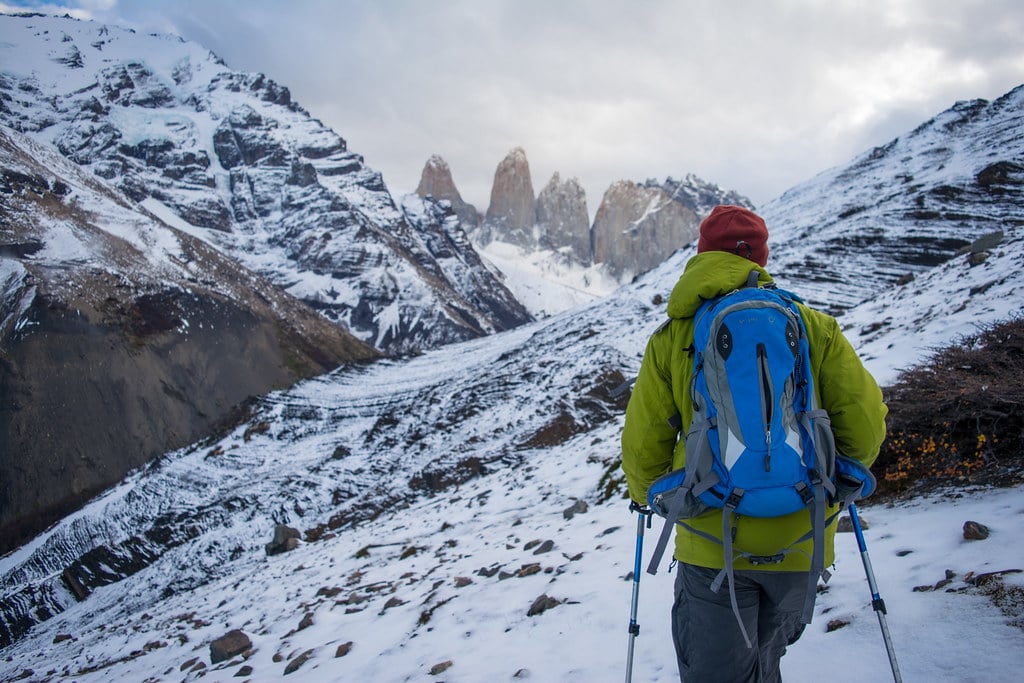 Silence and majesty in Torres del Paine
Silence and majesty in Torres del PaineWith about 250.000 people visiting Torres Del Paine every year, this incredible National Park became so famous some trails like the towers’ base and the Frenchman's Valley may be truly crowded in Peak season (especially January and February). Yet you can’t imagine how different it is in Winter. It gives you space, time, no stress and believe me: the viewpoints look even more beautiful with less people.
2. There is More Wildlife
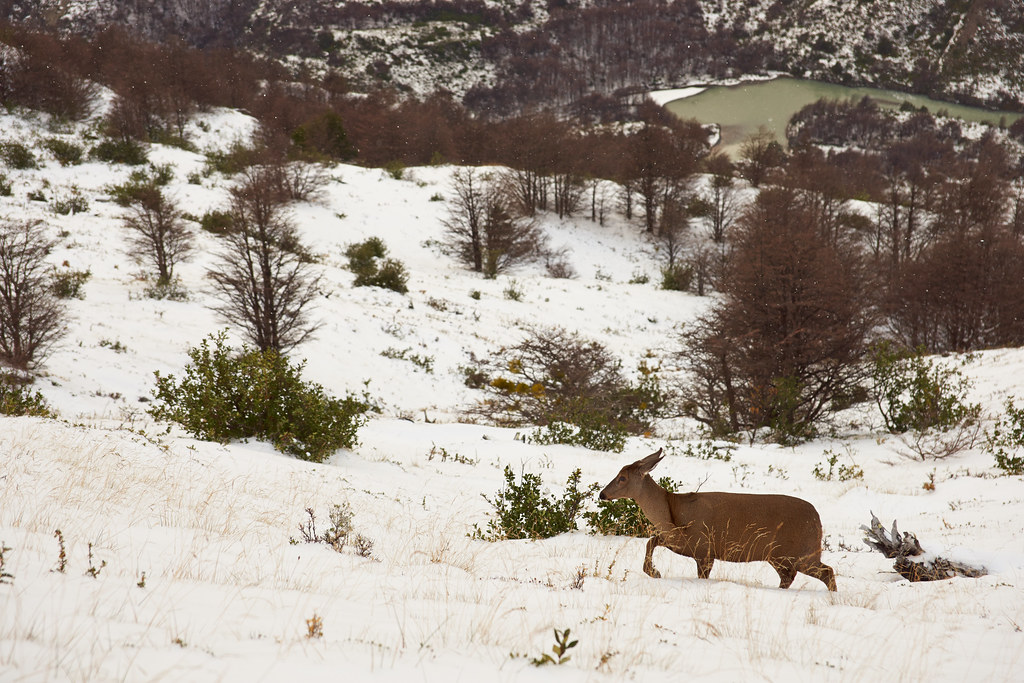 The endandered South Andean Deer (Huemul) is extremely hard to spot in Patagonia
The endandered South Andean Deer (Huemul) is extremely hard to spot in PatagoniaFor some reasons winter months attract lots of Wildlife photographers and it is easy to understand why. With less people on the roads, pumas come closer and are way easier to spot. Same thing on the trails: you are not guaranteed to see rare animals, yet your chances to see a Huemul (an endangered local deer) or a Puma are much higher.
3. Mountains Look More Impressive
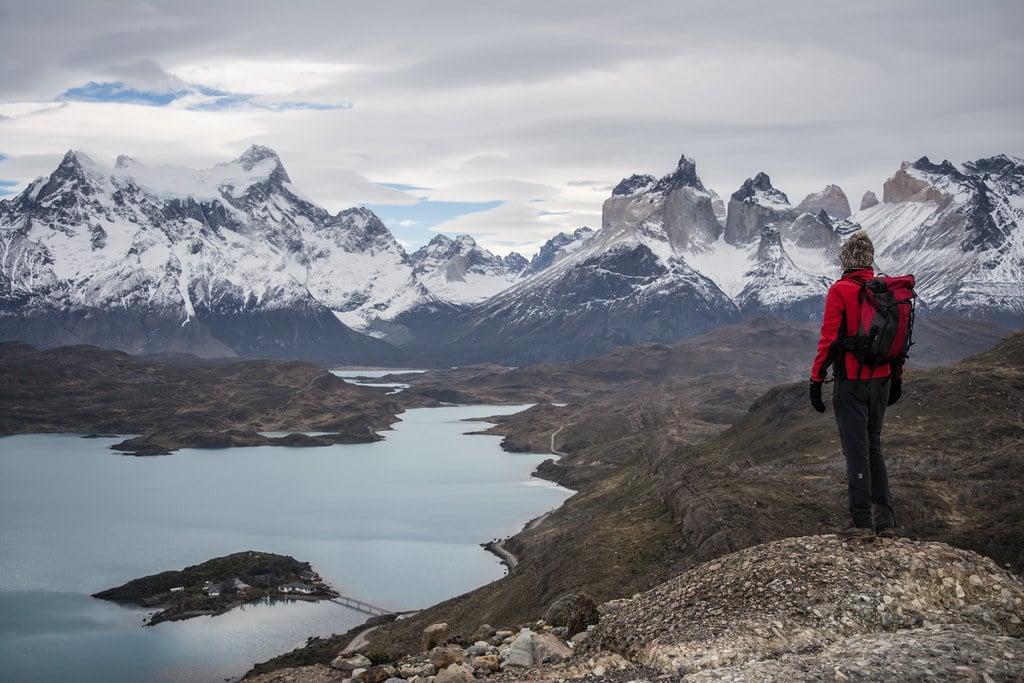 Snow + Torres del Paine is an incredible cocktail
Snow + Torres del Paine is an incredible cocktailThose who love the mountains know that: mountains look always more dramatic when there is snow on the top. If you’re lucky, you might experience the biggest avalanches of the season, just like in this video shot in July (no worries, no risk to get stuck in an avalanche on the trails). Glaciers look bigger, making the granite peaks of Torres del Paine look like giants emerging from the ice.
4. Campsites and Refuges are More Accessible
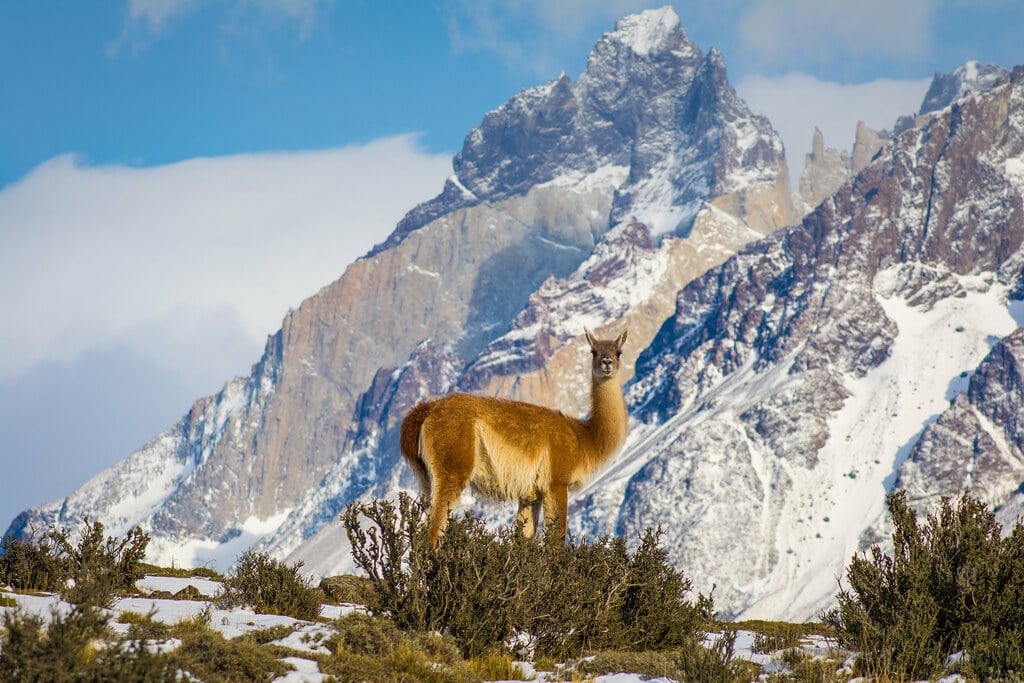 In winter you may see more guanacos than humans
In winter you may see more guanacos than humansHiking the W Trek or Torres del Paine Circuit in Peak Season can quickly become painful if you haven’t done the reservation with anticipation. Campsites may be full and getting space for your tent (or a bed in a refuge) is not as easy as it was years ago. In Winter, you won’t lose time struggling for a place to stay. You should even get a warm bed in a cozy dormitory which will make you incredibly happy to have come during that period.
5. Winter is the Best Time for Photography
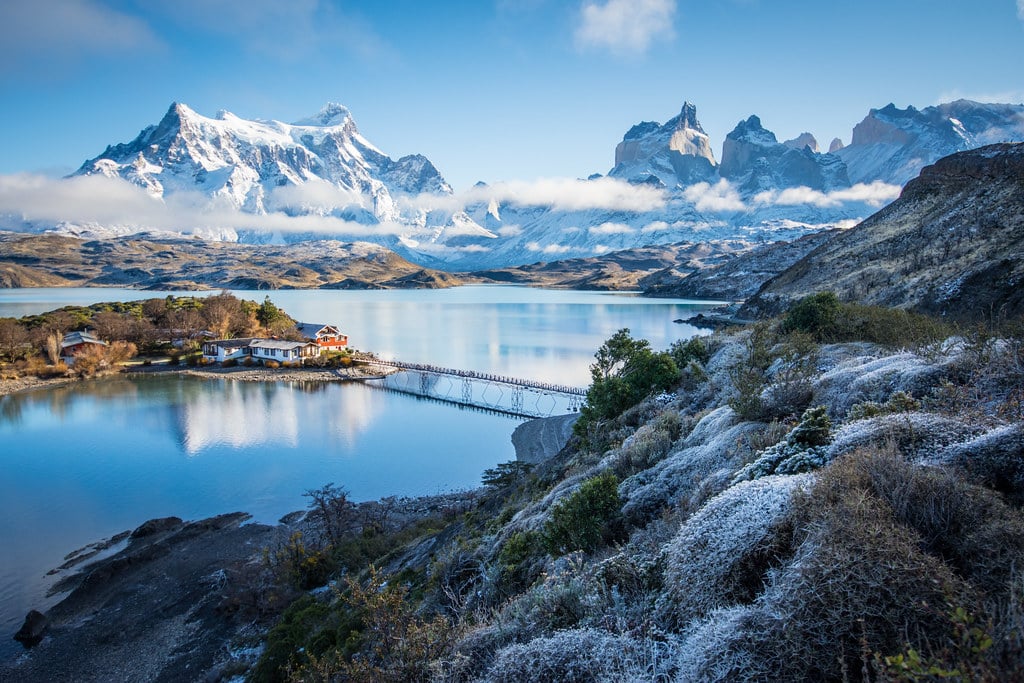 One photo is worth a thousand words (pic : Pehoe Lake)
One photo is worth a thousand words (pic : Pehoe Lake)If you want to get dramatic shots of snowcapped mountains, foggy hills and incredible reflections, come in Winter (Fall is also a good option). Landscapes are way more photogenic with less wind and less people, and the changing weather makes it for epic shots. Even though you may get some rain / snow, photographers know the best time to immortalize the mountains is right after the storm.
6. You Will See Otherworldly Sunrises…
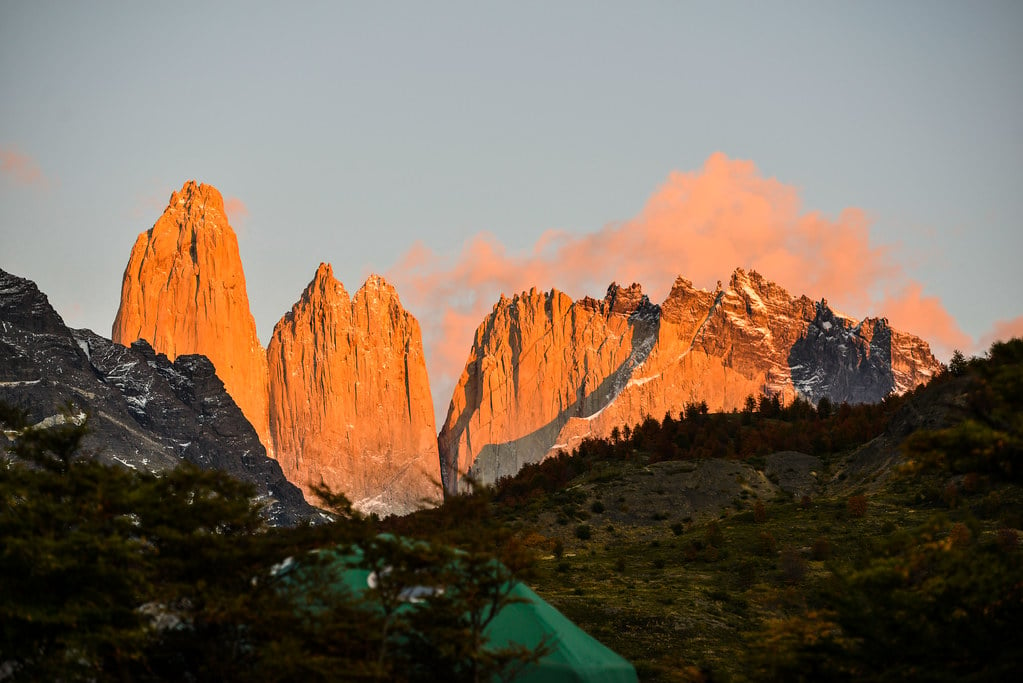 Simply one of the most stunning sunrises on Earth
Simply one of the most stunning sunrises on Earth…and sunsets. With less than 7 hours of daylight a day, you may have to walk in the darkness if you want to reach the National Park’s best viewpoints with the sun at its peak. However you may see the mountains painted in red every day (depending on climatic conditions) thanks to the position of the sun at that time of the year and unlike during Summer months, you won’t have to wake up at 1am to see epic sunrises.
7. You Will Experience a Real Adventure
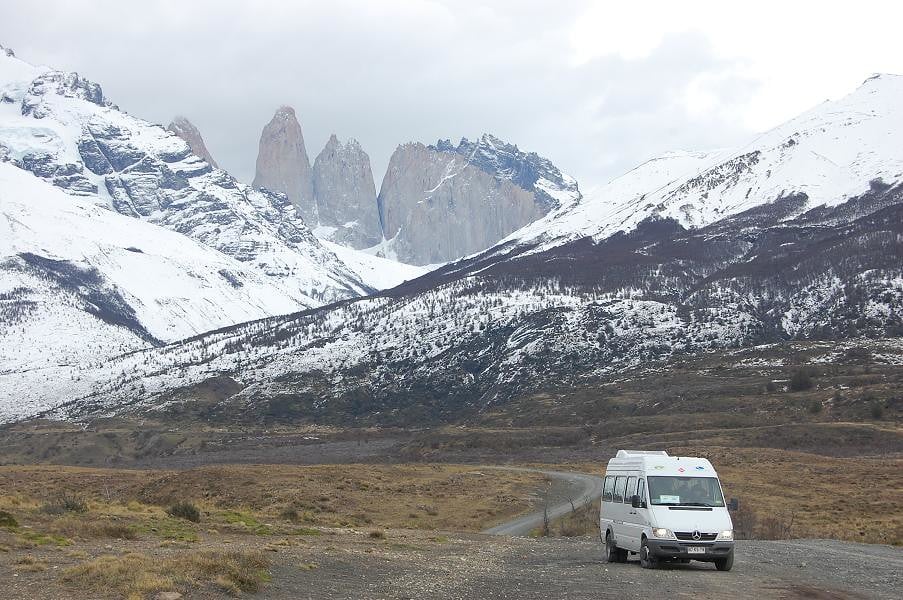 Long silent roads and granite spires
Long silent roads and granite spiresIf you’re looking for a once-in-a-lifetime experience, come in Winter. You may have to walk slower due to the snow on the trails, have less flexibility due to the lack of operations in the area and experience low temperatures. Yet you will experience emotions few people ever experience while hiking through a true pristine wilderness. Unlike other months, Winter requires to step out one’s comfort zone and that’s actually something great.
8. The Towers’ Base Lagoon is Frozen
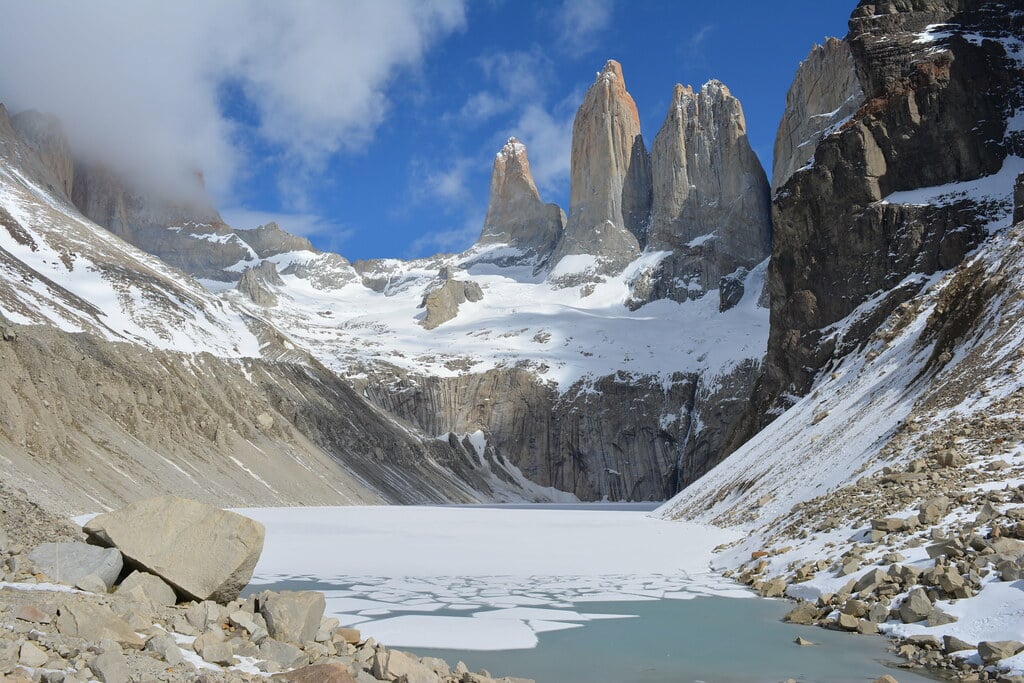 Welcome to one of South America's most amazing viewpoints...in winter
Welcome to one of South America's most amazing viewpoints...in winterThis worldwide famous viewpoint is totally different in Winter. The towers are covered by snow and most importantly the lagoon at their base completely freezes, making it for a breathtaking landscape you can normally experience from June to August.
Do you want more information? Visit cascada.travel and learn about our programs

